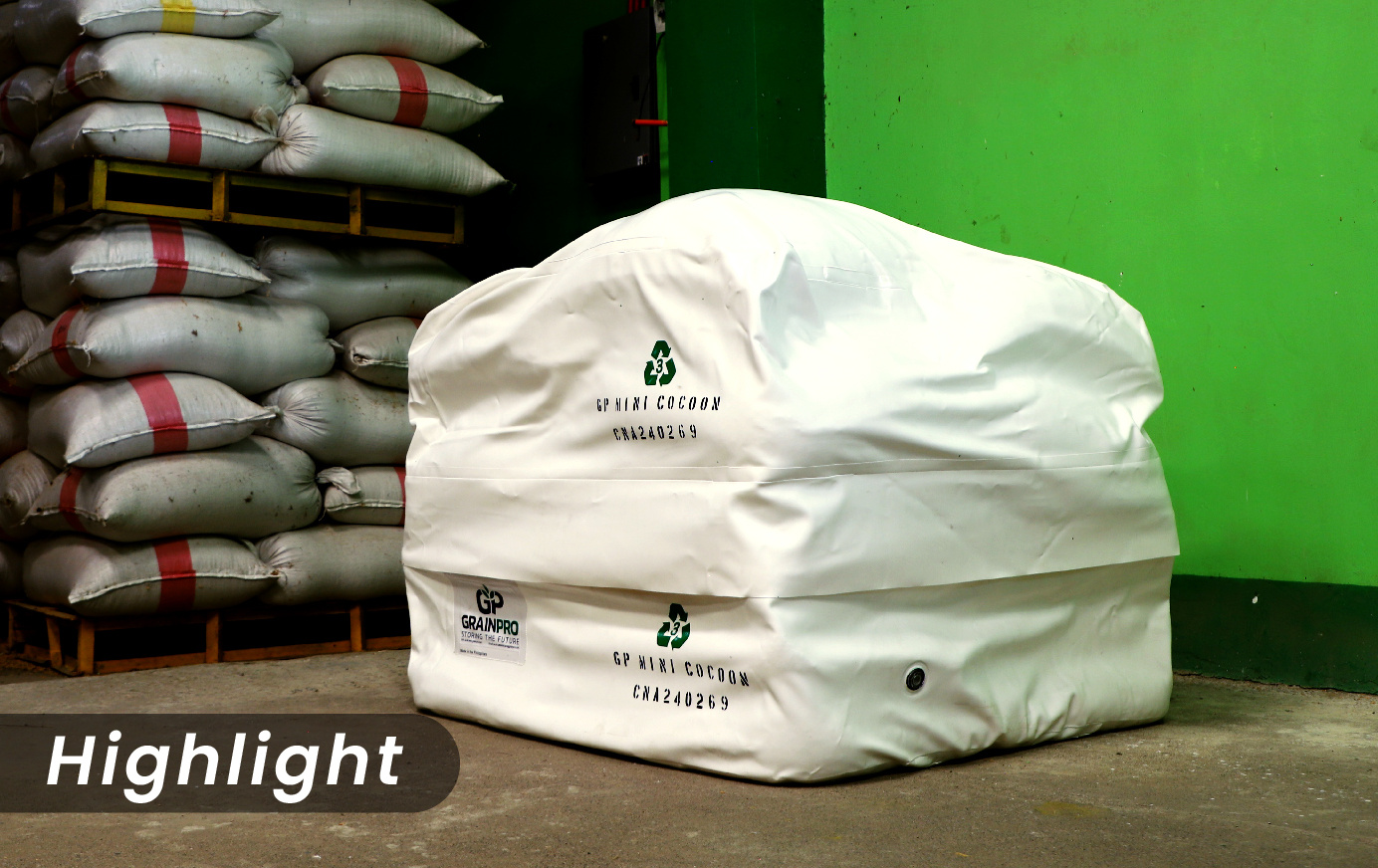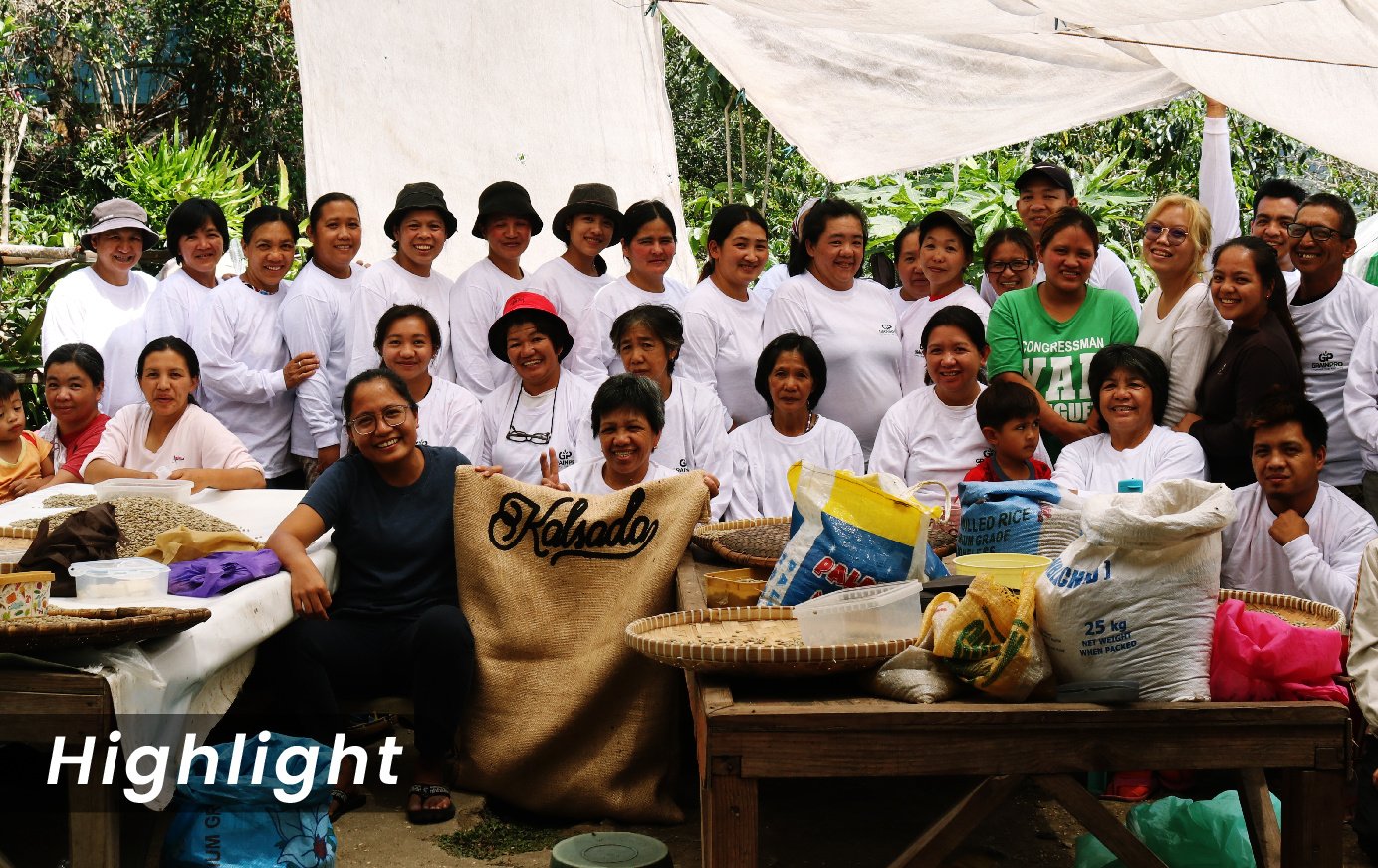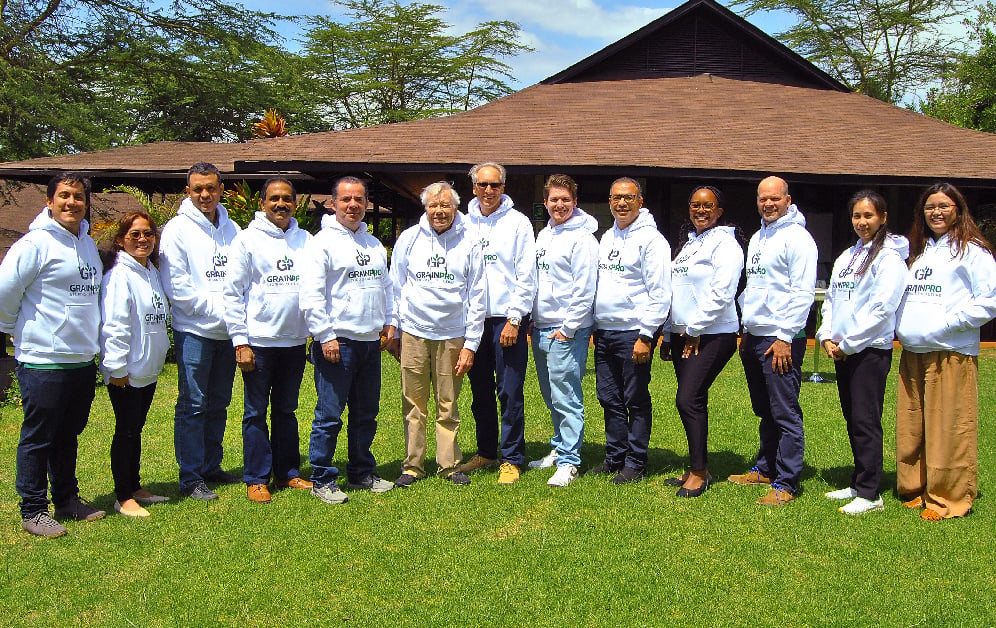In the agriculture industry, proper handling and secure post-harvest systems are crucial. Failure to safeguard crops after harvest can lead to major losses and wasted efforts during growing and harvest seasons. In severe cases of post-harvest food loss, this can cause business failures and loss of income, especially for smallholder farmers.
According to the FAO, roughly a third of the globally produced food for human consumption is lost post-harvest. This massive loss leads to widespread, yet preventable, hunger. To understand why prevalent post-harvest loss happens, let’s take a look at the common challenges farmers, food handlers, and traders face:
1. Lack of secure storage facilities
Farms around the world, especially those owned or operated by smallholder farmers, use traditional storage practices that are actually damaging their harvests. Inadequate storage facilities, such as open warehouses or sheds, often exposes harvested commodities to pests like insects, birds, and mice. Exposure to these scavengers leads to significant volume loss, grain damage, and contamination.
Read more: 5 Storage Pests to Keep Out of Your Warehouse
Moreover, storage containers or bags commonly used like jute or hemp bags leave commodities susceptible to moisture reabsorption, which leads to mold growth, especially in outdoor or open storage areas. These microflorae often carry toxins that are dangerous to both humans and animals when consumed. This is a prevalent problem especially in Subsaharan Africa, where staple foods such as peanuts, tree nuts, dried fruits, and maize are most affected.
Read more: 4 Tips on How to Avoid Mold Growth in Stored Grains
2. Quality degradation during the drying stage
Many commodities are preserved through drying, so the proper way to do this is crucial in keeping peak quality. A common problem during this stage is the loss of quality caused by improper handling and erratic weather changes.
In developing countries, traditional drying methods include pavement or roadside drying, which exposes commodities to scavengers, passing vehicles, and sudden rains. All these factors can cause serious damage, such as contamination, grain breakage, and moisture reabsorption.
Read more: 6 Tips on How to Dry Grains: A Basic Guide
3. Delays in transportation
Another common post-harvest challenge is unexpected delays while transporting commodities. Although the global supply chain has remarkably developed in the past decades, there are still unforeseen events that delay the transportation of agricultural commodities.
One example is the widespread closure of ports and borders when the COVID-19 pandemic began. Due to safety concerns, countries began to impose stricter protocols which stalled many shipments and cargo. Another example was the infamous Suez Canal blockage in March 2021, when container ship MV Ever Given became wedged and effectively stopped all traffic in the said canal. During the 6-day blockage, it was estimated that $6 to $10 billion in global trade would be lost.
Such delays cause damage to commodities that are stuck in shipping containers. Excess moisture build-up due to condensation causes mold growth, leading to quality and quantity loss. Insect infestations can also occur during transoceanic journeys. In most cases, infested shipments are denied entry or are required to undergo additional fumigation again, incurring more expenses to traders.
Read more: How to Prevent Condensation in Shipping Containers
An Innovative Answer
To solve these common post-harvest problems, more and more farmers and traders are turning to a cost-effective and simple solution: hermetic technology. This post-harvest solution uses the concept of creating a modified atmosphere so that commodities are kept in an oxygen-deprived and carbon dioxide-rich container.
Read more: Hermetic Technology, What It Is & How to Use It
This hermetic environment ensures that insects in all life stages -- from eggs to adults -- are eliminated so infestations can be avoided. At the same time, microflora growth is also inhibited, keeping safe food for both human and animal consumption.
GrainPro's Solutions
As a storage device, the GrainPro Cocoon is perfect for large volumes of commodities. This innovative tool can be placed indoor or outdoor, all the while protecting commodities from insects, erratic weather, and even flooding.
For transporting commodities, the GrainPro TranSafeliner is best as a liner for shipping containers. The protective barrier properties in the materials used secure commodities from “rain” inside the shipping container caused by condensation from fluctuating temperatures during transoceanic trips. This gas-tight and air-tight liner effectively prevents mold growth and insect infestation.
The GrainPro Solar Bubble Dryer (SBD) is a solution that ensures commodities are evenly dried even in remote areas without access to electricity. The SBD also protects commodities from scavengers like birds, rodents, and insects, as well as from erratic rain showers. This preserves peak quality and can help farmers gain more profit from their harvests.
To learn more about hermetic post-harvest solutions, click the button below.
Date Published: October 14, 2021





